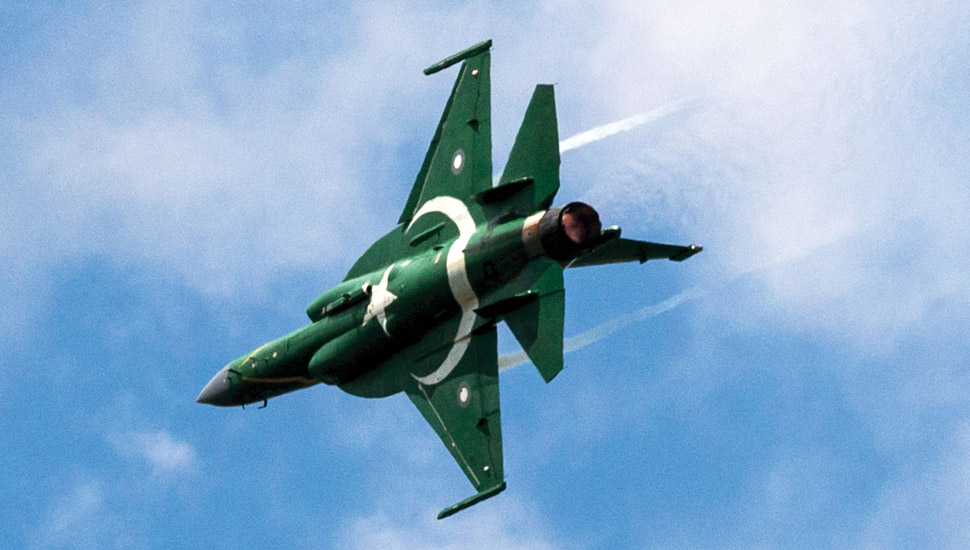The Block III version of the Chengdu/Pakistan Aeronautical Complex JF-17 fighter will have its first flight before the end of 2019.
An official familiar with the programme says that a number of key decisions are set to be made about the programme.

JF-17 Block II
BillyPix
One major element of the Block III upgrade is the addition of an active electronically scanned array (AESA) radar. The official says a decision on which radar is “around the corner.”
FlightGlobal understands that two radars are in contention: the China Electronics Technology Group KLJ-7A, and an AESA from AVIC that it claims is the first air-cooled example.
The Block III will also have a new integrated electronic warfare suite, with Chinese and European options on the table for this requirement.
Perhaps most notably, the Block III will see the JF-17’s intakes widened to improve air flow. This could also set the stage for a new engine at some point – the JF-17 is powered by the Klimov RD-93 engine.
The official says that “another engine is in mind” but declined to discuss specifics. A pilot FlightGlobal spoke with, however, says the RD-93 is working well in Pakistan Air Force service.
While the majority of the Block III upgrades can be retrofitted to existing Block II aircraft, the updated intake will only be available on the new build Block IIIs.
A good number of Pakistan’s JF-17 fleet has air-to-air refueling probes. While this equipment can be retrofitted, the air force does not see a requirement to do so for the entire fleet.
Flight International's 2019 World Air Force's directory indicates that the Pakistan Air Force has 98 in-service JF-17s.
2019parisairshow
Read all the latest news and information from the 2019 Paris air show on our dedicated page
Source: FlightGlobal.com


























